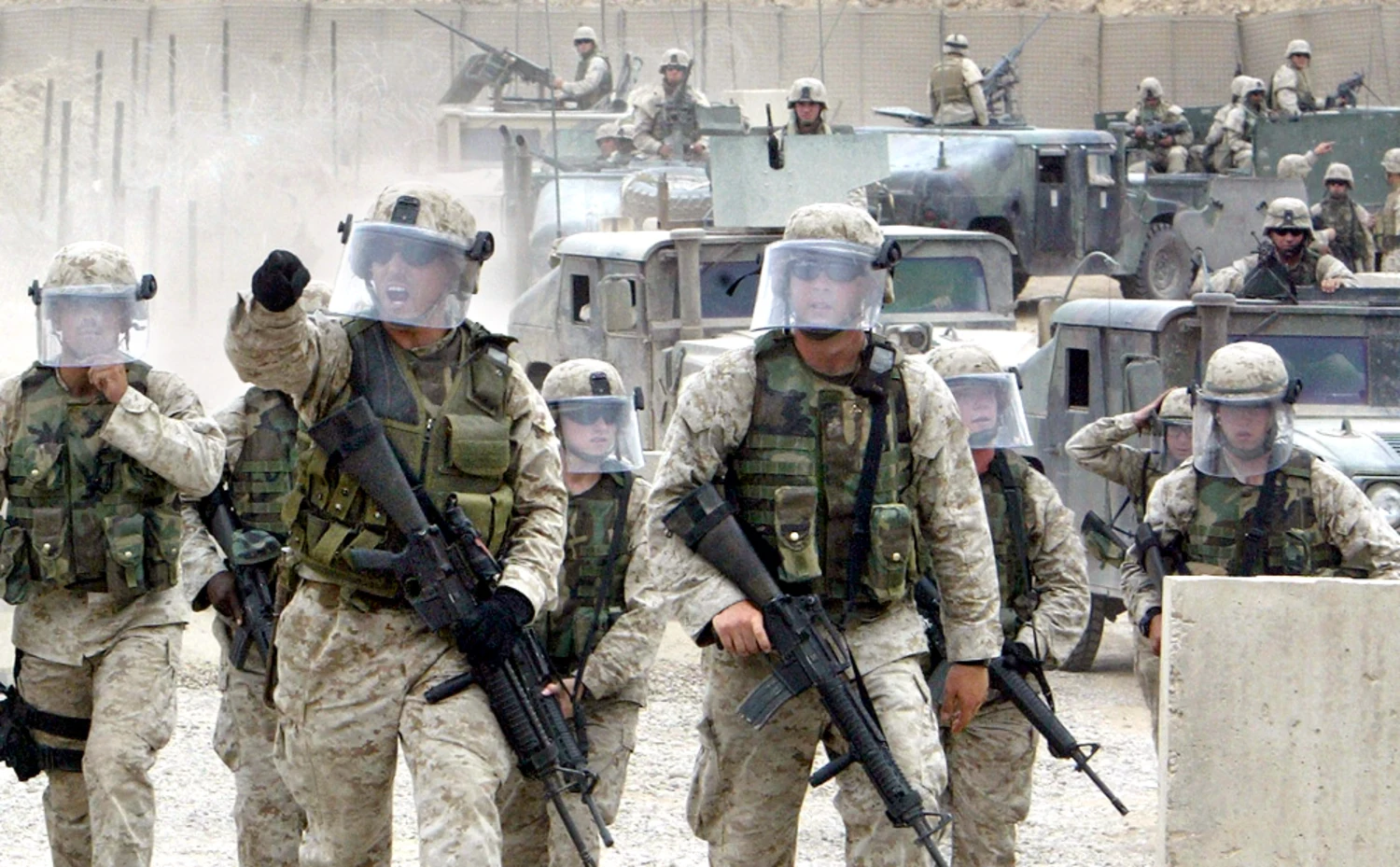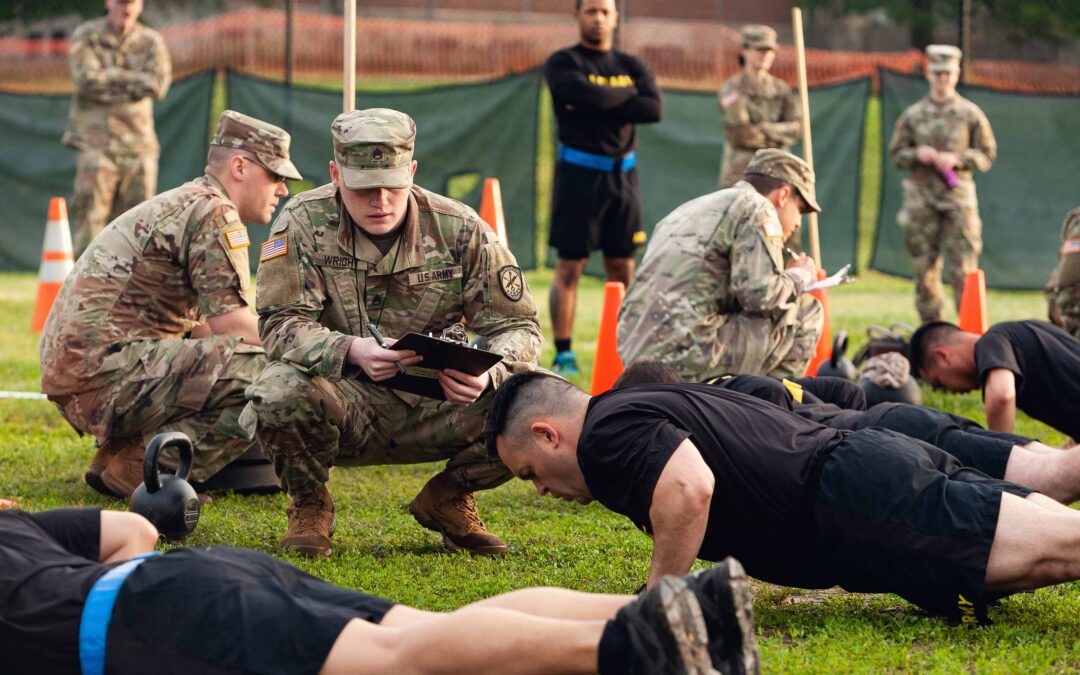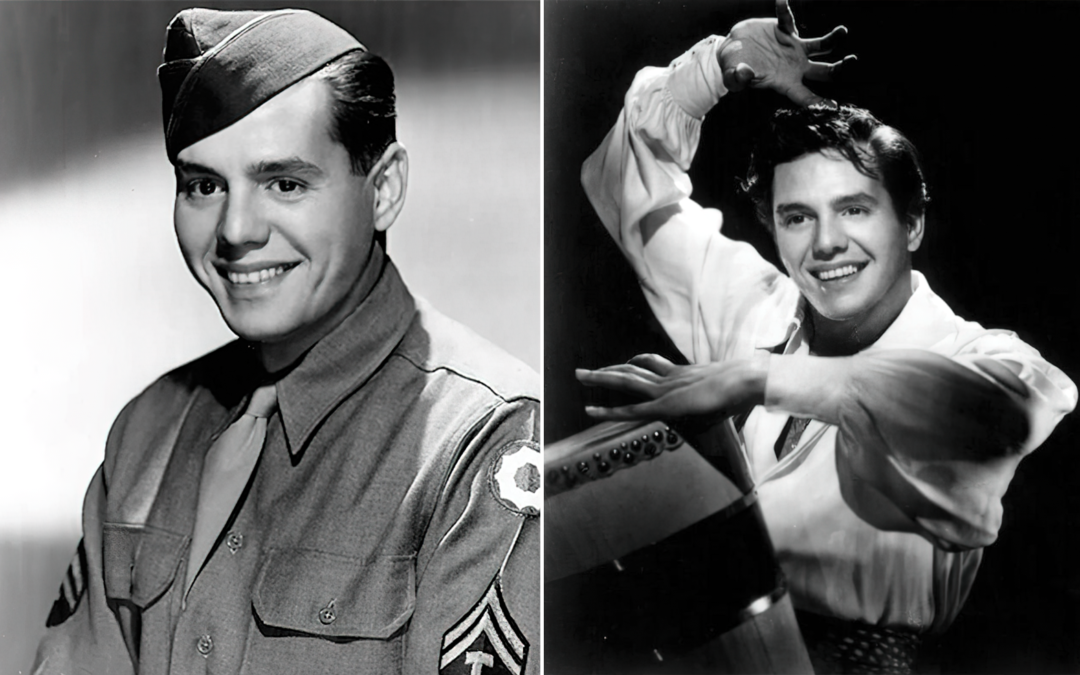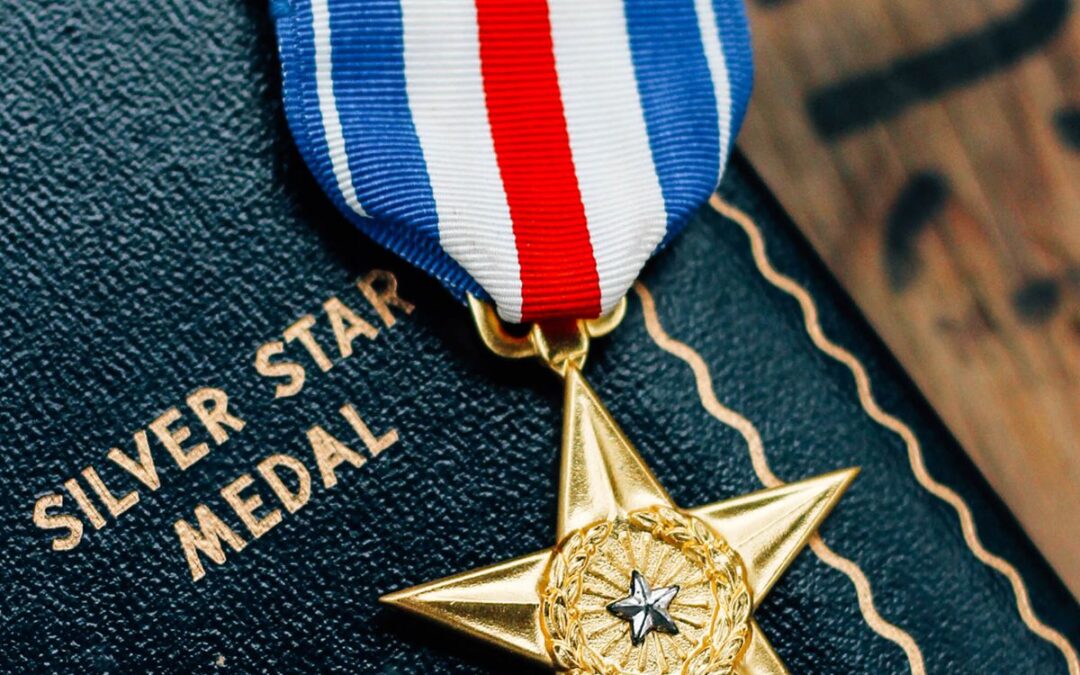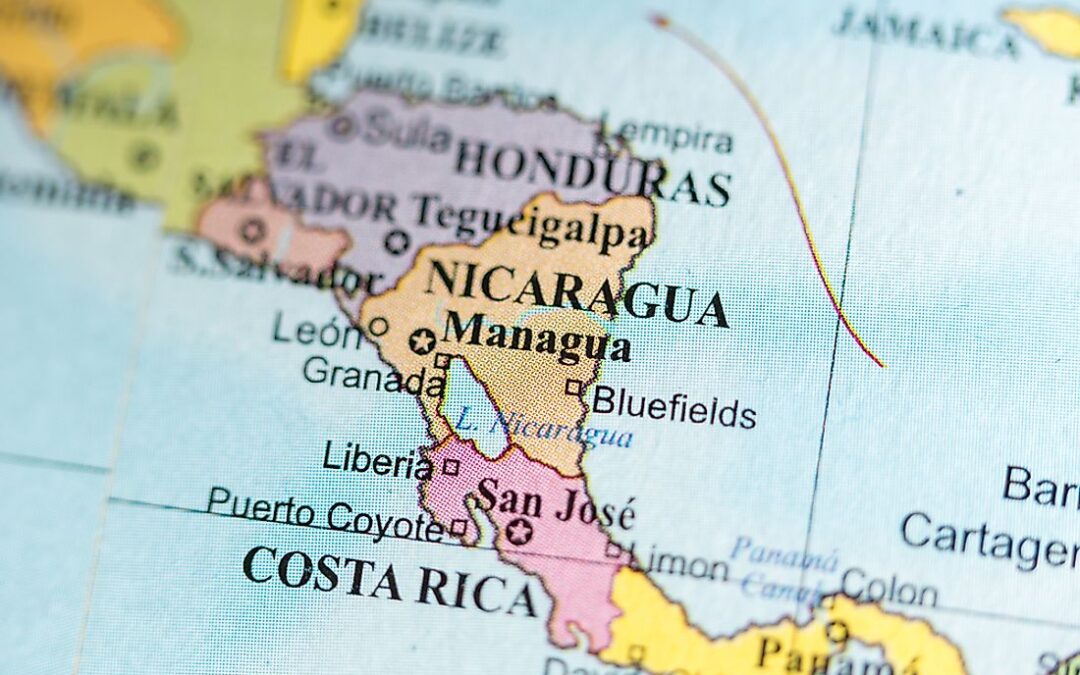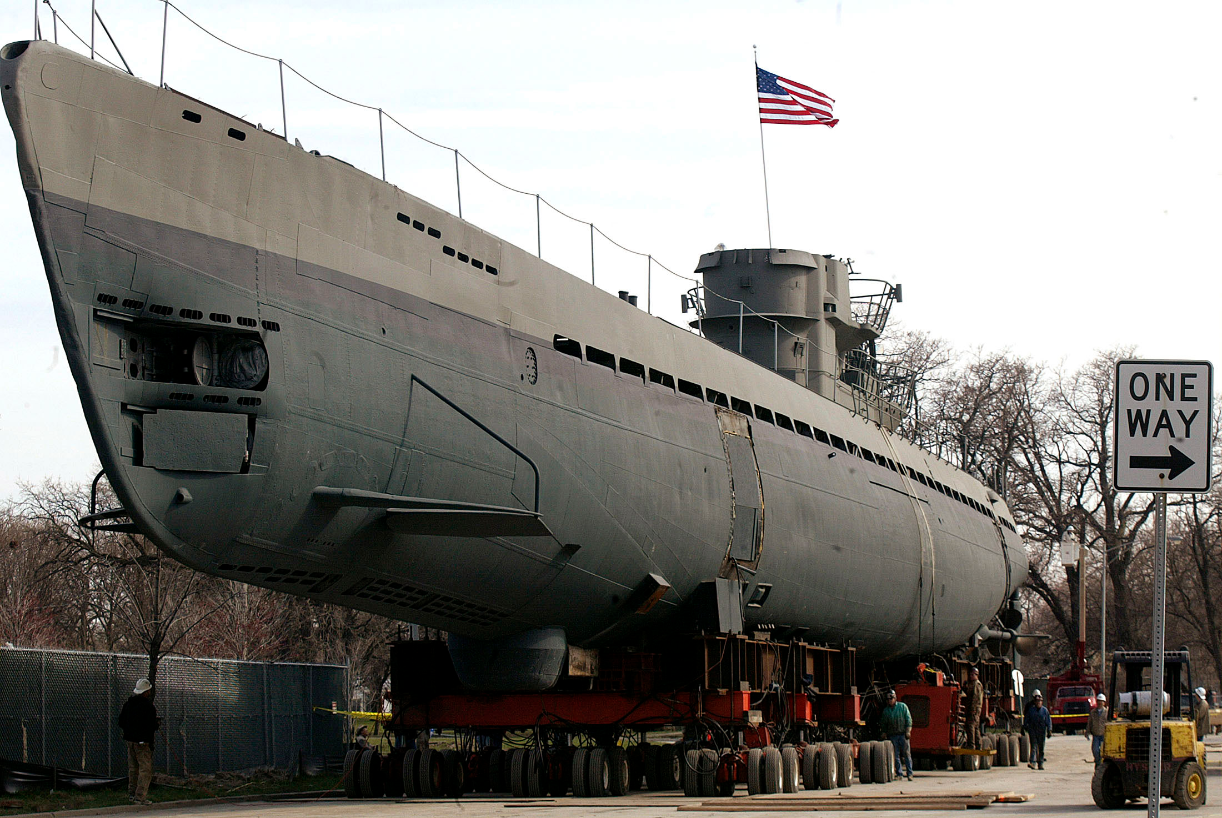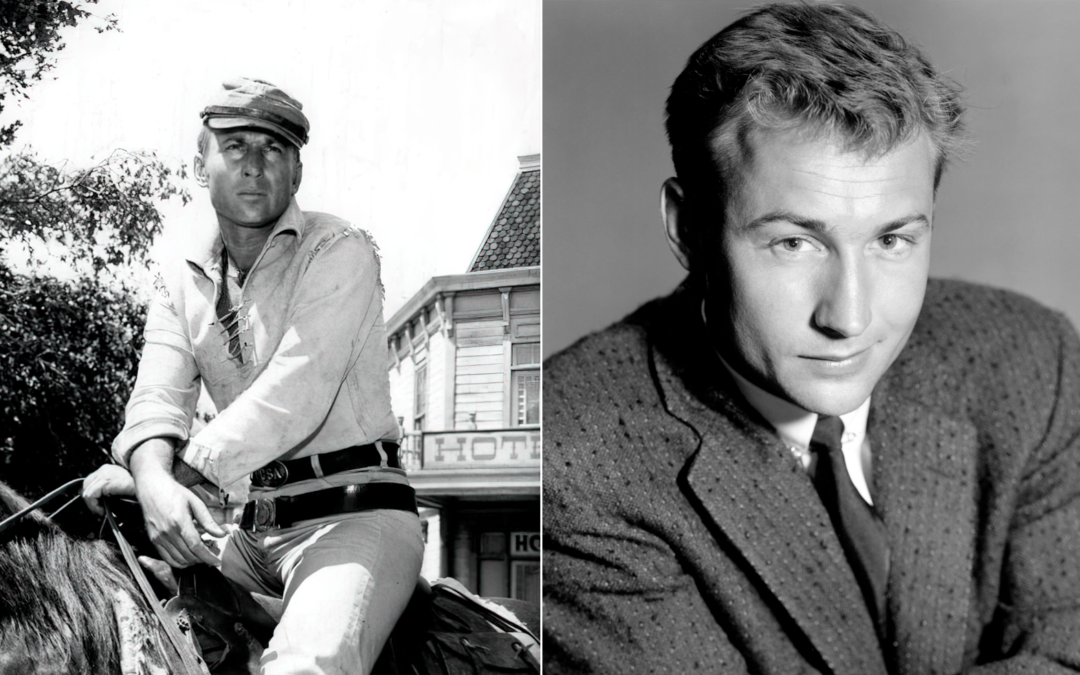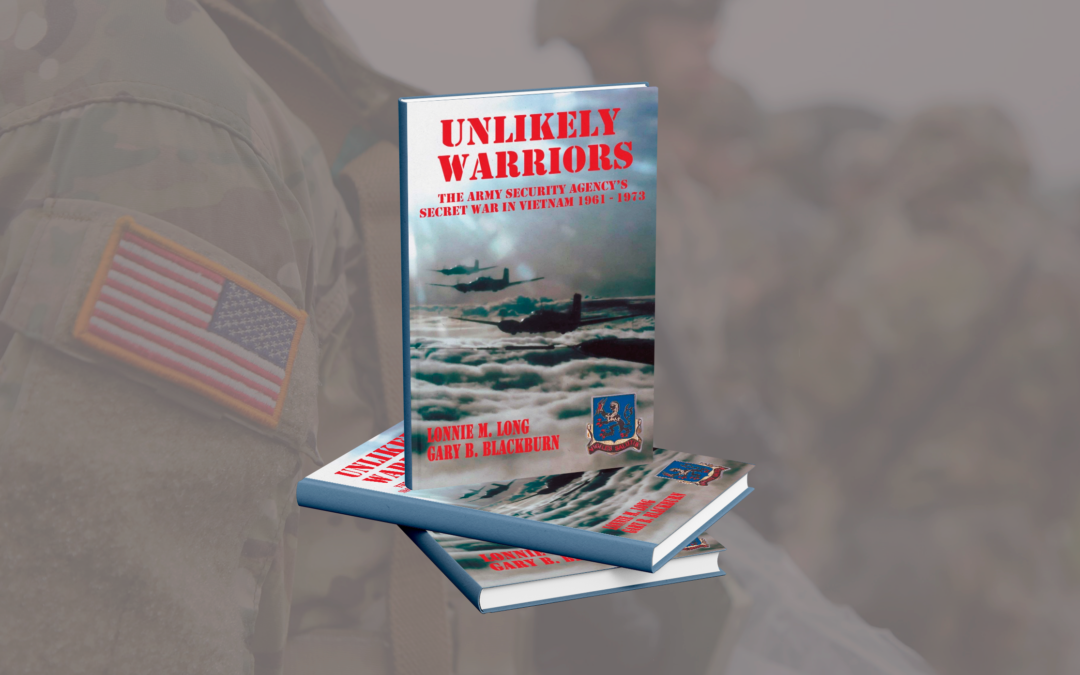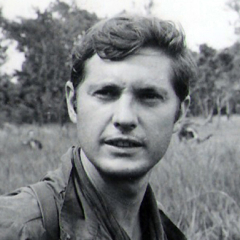Iraq's Abu Ghraib prison was notorious long before U.S. troops were found guilty of abusing detainees there. Originally built in the 1960s, Iraqi dictator Saddam Hussein used the site to house and later execute political prisoners. He closed the prison in 2002, but when the U.S.-led Coalition ousted Hussein by force in 2003, it was reopened. Because Coalition forces used it as an internment camp, it also became a forward operating base – and a target for insurgents. The Battle of Abu...
